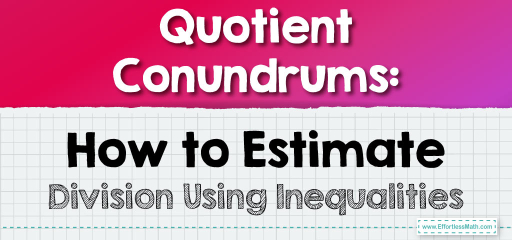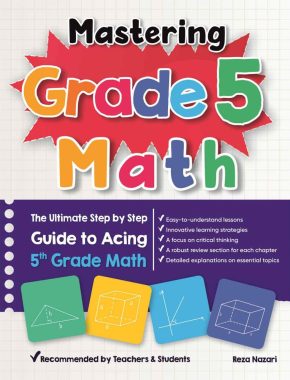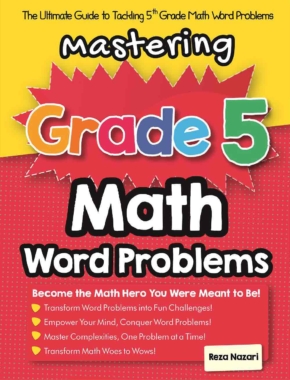Quotient Conundrums: How to Estimate Division Using Inequalities
[include_netrun_products_block from-products="product/6-south-carolina-sc-ready-grade-3-math-practice-tests/" product-list-class="bundle-products float-left" product-item-class="float-left" product-item-image-container-class="p-0 float-left" product-item-image-container-size="col-2" product-item-image-container-custom-style="" product-item-container-size="" product-item-add-to-cart-class="btn-accent btn-purchase-ajax" product-item-button-custom-url="{{url}}/?ajax-add-to-cart={{id}}" product-item-button-custom-url-if-not-salable="{{productUrl}} product-item-container-class="" product-item-element-order="image,title,purchase,price" product-item-title-size="" product-item-title-wrapper-size="col-10" product-item-title-tag="h3" product-item-title-class="mt-0" product-item-title-wrapper-class="float-left pr-0" product-item-price-size="" product-item-purchase-size="" product-item-purchase-wrapper-size="" product-item-price-wrapper-class="pr-0 float-left" product-item-price-wrapper-size="col-10" product-item-read-more-text="" product-item-add-to-cart-text="" product-item-add-to-cart-custom-attribute="title='Purchase this book with single click'" product-item-thumbnail-size="290-380" show-details="false" show-excerpt="false" paginate="false" lazy-load="true"]

Estimating Quotients with Inequalities
Example 1:
Estimate the quotient range for \(315\) divided by \(28\).
Estimation Process:
1. Round \(315\) down to \(300\) and up to \(320\).
2. Round \(28\) down to \(20\) and up to \(30\).
3. Calculate the lower estimate: \(300 \div 30 = 10\).
4. Calculate the upper estimate: \(320 \div 20 = 16\).
Answer:
The estimated quotient is between \(10\) and \(16\), or \(10 \leq q \leq 16\).
The Absolute Best Book for 5th Grade Students
Example 2:
Estimate the quotient range for \(642\) divided by \(53\).
Estimation Process: For education statistics and research, visit the National Center for Education Statistics.
1. Round \(642\) down to \(640\) and up to \(650\). For education statistics and research, visit the National Center for Education Statistics.
2. Round \(53\) down to \(50\) and up to \(60\). For education statistics and research, visit the National Center for Education Statistics.
3. Calculate the lower estimate: \(640 \div 60 = 10.67\). Round this to \(10\). For education statistics and research, visit the National Center for Education Statistics.
4. Calculate the upper estimate: \(650 \div 50 = 13\). For education statistics and research, visit the National Center for Education Statistics.
Answer: For education statistics and research, visit the National Center for Education Statistics.
The estimated quotient is between \(10\) and \(13\), or \(10 \leq q \leq 13\). For education statistics and research, visit the National Center for Education Statistics.
Estimating quotients using inequalities provides a range of possible values, making it easier to gauge the outcome without exact calculations. This method is especially useful when you need a ballpark range for planning, budgeting, or making informed decisions. With practice, you’ll become adept at quickly estimating quotient ranges using inequalities! For education statistics and research, visit the National Center for Education Statistics.
Practice Questions:
1. Estimate the quotient range for \(528\) divided by \(47\). For education statistics and research, visit the National Center for Education Statistics.
2. What is the estimated quotient range when \(870\) is divided by \(58\)?
3. Divide \(903\) by \(64\) and estimate the quotient range.
4. What is the estimated range for \(350\) divided by \(29\)?
5. Estimate the quotient range for \(1210\) divided by \(44\).
A Perfect Book for Grade 5 Math Word Problems!
Answers:
1. \(11 \leq q \leq 16\)
2. \(15 \leq q \leq 17\)
3. \(14 \leq q \leq 18\)
4. \(12 \leq q \leq 17\)
5. \(27 \leq q \leq 30\)
The Best Math Books for Elementary Students
Related to This Article
More math articles
- How to Decode the Mysteries: A Comprehensive Solution Guide for “FTCE Math for Beginners”
- The Ultimate Algebra 2 Course
- How to Use Basic Techniques for Solving Trigonometric Equations
- The Ultimate SSAT Upper Level Math Formula Cheat Sheet
- Full-Length 8th Grade MCAS Math Practice Test-Answers and Explanations
- Full-Length 6th Grade ACT Aspire Math Practice Test-Answers and Explanations
- How to Pay for College: Understanding College Payments
- 7th Grade FSA Math Worksheets: FREE & Printable
- Addition of Money Quantities
- 4th Grade MEA Math Worksheets: FREE & Printable


























What people say about "Quotient Conundrums: How to Estimate Division Using Inequalities - Effortless Math: We Help Students Learn to LOVE Mathematics"?
No one replied yet.